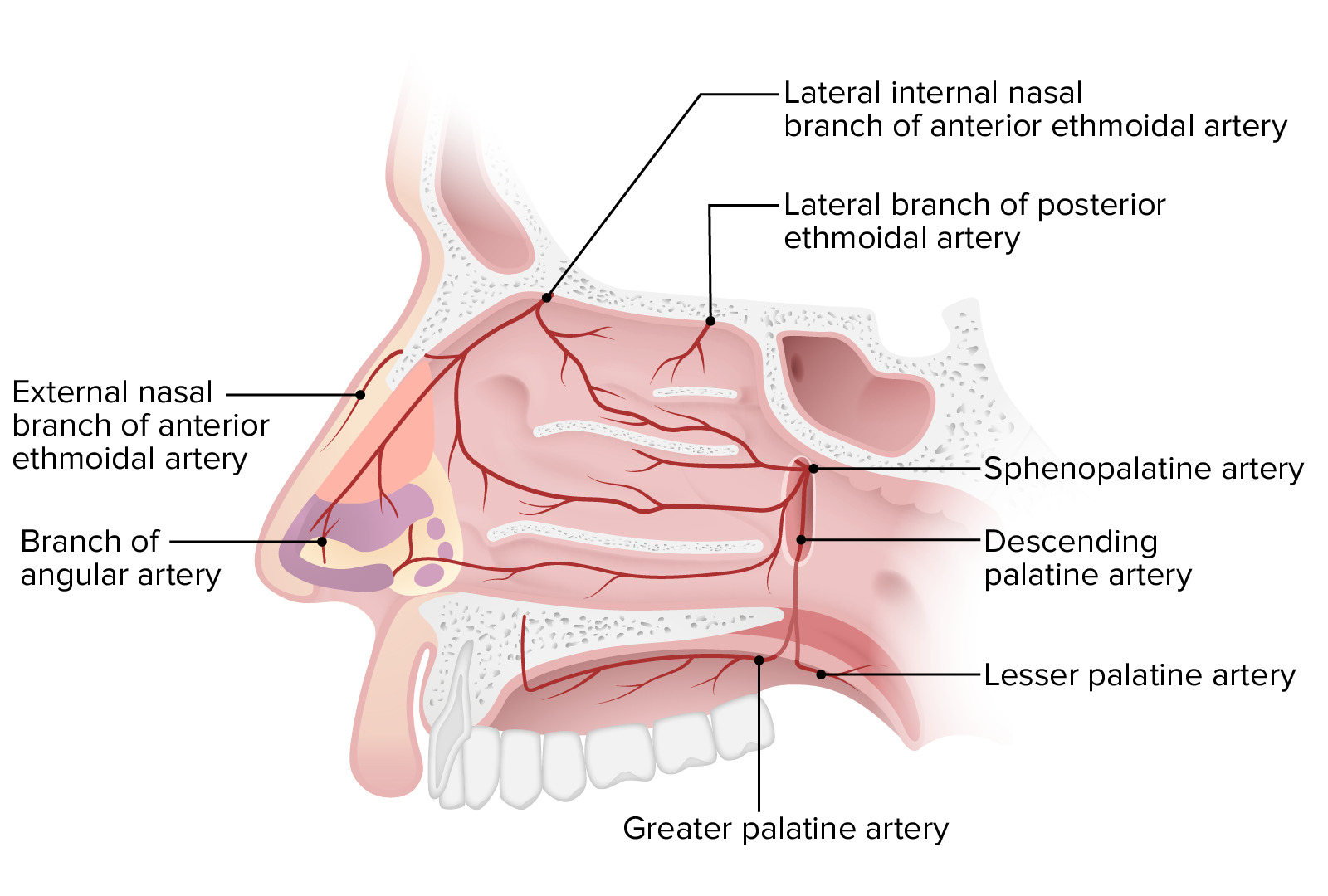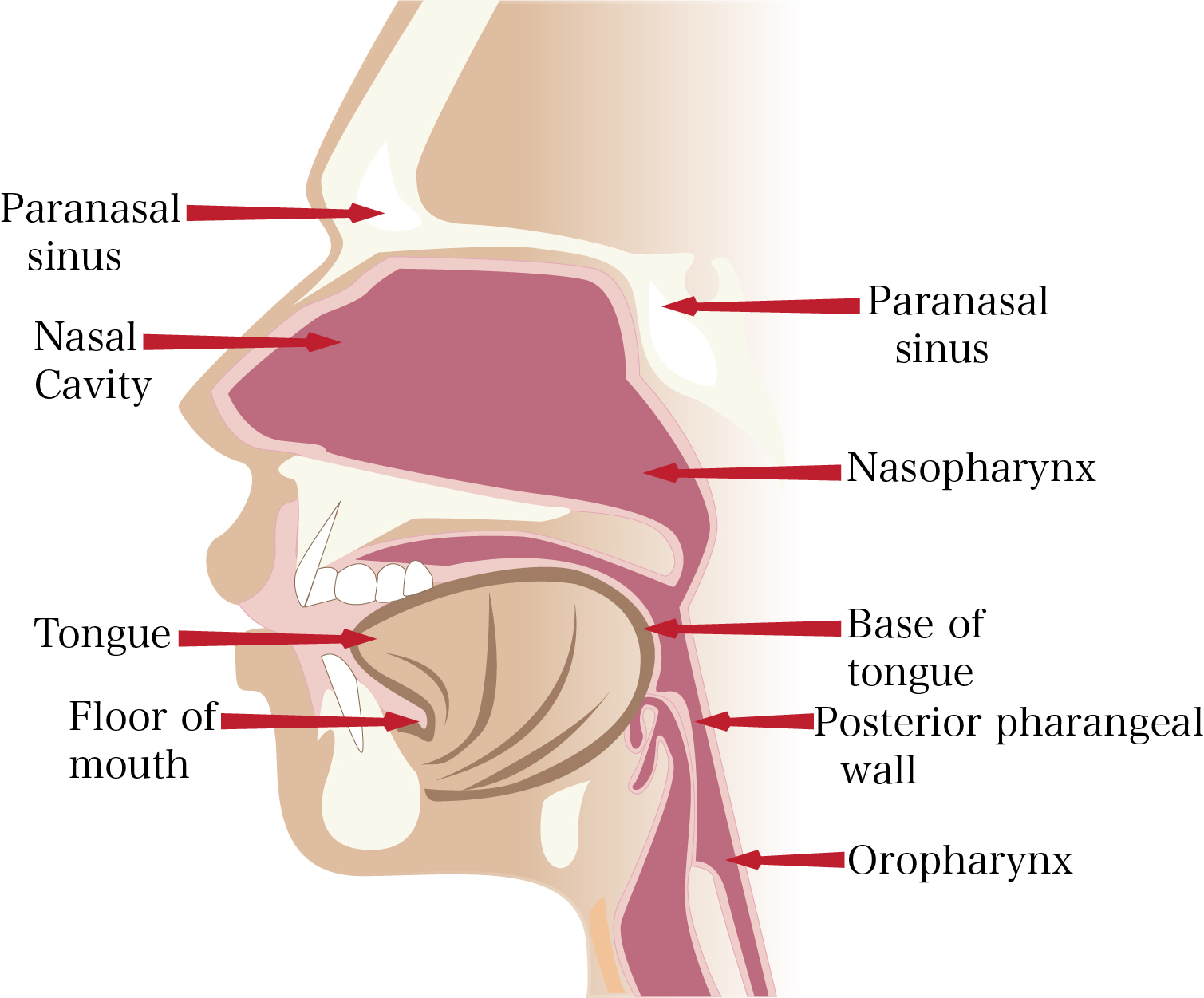Their locations and structures are best viewed when the head is shown in sagittal section. The cartilages are superior cartilage inferior cartilage.

Nose And Nasal Cavity Anatomy Concise Medical Knowledge
Although the nose is typically credited as being the main external breathing.

. A two-foot nose although an. The support structure of the upper part of the nose is mostly made of bones. The word septum comes from a Latin word that means to divide.
Made up mainly of cartilage and bone. The septum consists of bone and cartilage. External nose and nasal cavity.
The nasal cavity has four functions. The thin superior part that blends. Open sinus spaces sit in your forehead at the top of your nostrils.
As it passes over the. Your nose is comprised of bone and cartilage separated into two symmetrical hollow nostrils. The main structure of the nose consists of the exterior of the nose covered by skin and cartilage and the interior nasal cavity which is primarily constructed.
It consists of nasal skeleton which houses the nasal cavity. Nose has two nasal bones which are related to the frontal bone of the forehead. The external openings are known as nares or nostrils.
Internally the nasal septum divides the nasal cavity into a right and. Nose paranasal sinuses pharynx and larynx. The nose and nasal cavity make up the first portion of the upper respiratory tract.
Triangular-shaped projection in the center of the face. The nose is an olfactory and respiratory organ. The nose has two cavities separated from one another by a wall of cartilage called the septum.
The nasal cartilage articulates with the. Describe the location structure and function of each of the following. On the roof of the nasal cavity are special sensory cells called olfactory receptor cells.
Readers might also envision a greyish complexion. Smell and the Structure of the Nasal Cavity Inside your nose is an open area called the nasal cavity. Air comes into the body through the nose.
Midline nasal septum lined with. The roof of the mouth and the floor of. The bony part is the nasal bones which form the bridge of the nose and frontal processes of the maxillae upper jaw.
The external nose consists of paired nasal bones and upper and lower lateral cartilages. The nose is the bodys primary organ of smell and also functions as part of the bodys respiratory system. Only externally visible part of the respiratory system.
The external part of the nose has a triangular or pyramidal shape with the highest point of it referred to as the apex or the tip of the nose 3. Anatomy of the nasal cavity. As part of the respiratory.
Someone with a nose of granite could represent the epitome of a harsh inflexible person. In the nose the septum splits your left and right nasal cavities. Nostrils nares these two holes in the nose allow for air to enter the nose during breathing.
These bones serve as attachments sites for the cartilaginous tissues that shape the nose AnatomyExpert 2014. What is the nose. Two chambers divided by the septum.
Nasal cavity makes up the interior. The nasal cavity extends from the external opening the nostrils to the pharynx the upper section of the throat where it joins the remainder of the. Anatomy of the Nose.
Warms and humidifies the inspired air. They are the nasal bone maxilla sphenoid vomer palatine lacrimal and ethmoid bones. The nose is made out of bone muscle cartilage and skin while the nasal cavity is more or less hollow space.
There are 12 bones that contribute to the structure of the nasal cavity.

Nose Structure Nose Diagram Nose Structure Nasal Cavity

Image Result For Diagram Of The Nose Nose Diagram Nose Paranasal Sinuses

Anatomy Of The Nose Internal And External Nasal Structure

Understanding Nasal Anatomy Inside View Saint Luke S Health System
0 Comments